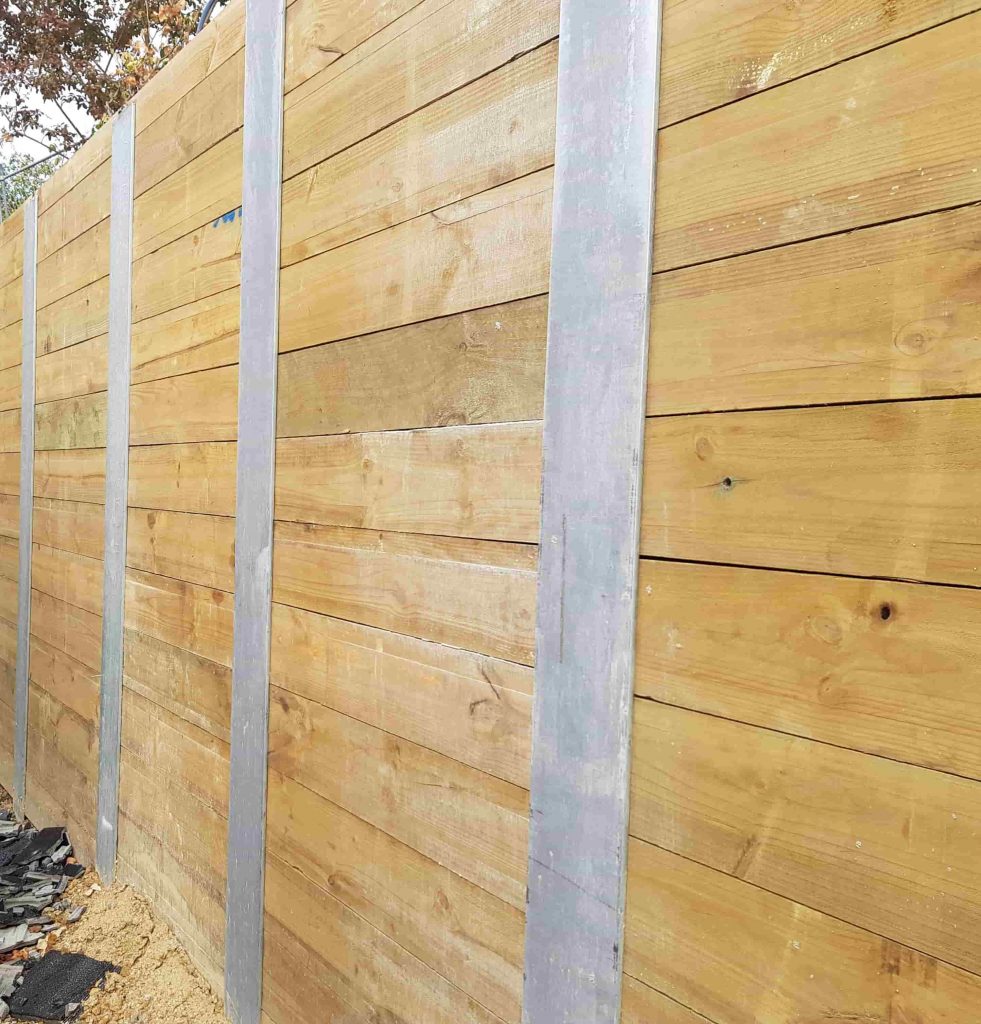Introduction
The construction industry has actually gone through a seismic shift over the decades, and one location that exemplifies this advancement is keeping wall building and construction. These structures are not merely functional; they embody engineering prowess, visual worth, and environmental factors to consider. As we look into the Retrospective: The Advancement of Strategies on the planet of Retaining Wall Construction, we will check out numerous techniques and products made use of in time, highlighting how they have actually formed contemporary practices in landscaping and civil engineering.
Retrospective: The Advancement of Strategies in the World of Retaining Wall Construction
When we think of maintaining walls, it's easy to neglect their rich history and significance. From ancient civilizations that constructed basic stone walls to today's advanced systems using concrete sleepers and H-beams, keeping walls have been necessary for managing soil erosion, water drainage, and developing functional arrive at slopes.
The Historic Context of Keeping Walls
Historically, keeping walls go back countless years. The Romans were leaders in this field, constructing massive stone walls that still stand today. These early structures were developed to hold back earth or assistance balconies for farming-- showcasing a mix of performance and artistry.

Materials Utilized Over Time
The choice of materials has actually significantly affected the efficiency and efficiency of keeping wall building. Let's take a better take a look at some key materials that have been made use of:
- Stone: Natural stone was one of the earliest materials utilized. Its durability made it ideal for ancient constructions. Timber: Wood sleepers started to gain popularity due to their accessibility and ease of use. Concrete: With commercial improvements came concrete sleeper walls-- offering strength and versatility. H-beams: Steel H-beams transformed the market by providing robust structural assistance for taller walls.
Each material has its benefits and drawbacks, impacting cost, upkeep requirements, and aesthetic appeal.
The Role of a Retaining Wall Installer
An experienced retaining wall installer plays an integral function in ensuring that these structures are not only constructed for longevity but also meet local policies and safety standards. Their expertise encompasses knowledge about:
Site assessment Material selection Structural integrityBy selecting a qualified professional, house owners can ensure their investment is sound from the extremely start.
http://jaidenspmd829.timeforchangecounselling.com/behind-the-scenes-the-partnership-in-between-architects-and-retaining-wall-buildersModern Strategies in Retaining Wall Construction
With developing technology comes fine-tuned methods in building and construction. Here are some modern-day techniques improving how we approach keeping wall design:

1. Modular Block Systems
These pre-made blocks allow for quick setup while keeping aesthetic variety.
2. Geogrid Reinforcement
Using geosynthetic products helps distribute loads more uniformly throughout the wall structure.
3. Gravity Walls
Utilizing weight alone to withstand sliding deals simplicity without compromising stability.
4. Cantilever Walls
These take advantage of balance with less product use-- a smart style choice for numerous builders.
Innovative Products Forming Contemporary Practices
Beyond standard options like stone and lumber sleepings, innovative materials are changing the landscape:
- Reinforced Concrete: Enhancing sturdiness while minimizing maintenance. Green Walls: Incorporating vegetation into styles provides both appeal and erosion control.
The Value of Drain Systems
No matter how robust a retaining wall is built, improper drain can lead to disastrous failures. A detailed drainage plan consists of:
Weep holes Drainage pipes Gravel backfillThese aspects work together to minimize hydrostatic pressure behind the wall-- ensuring stability over time.
Challenges Faced by Keeping Wall Contractors Today
Every age brings its challenges; today's retaining wall contractors must navigate concerns such as:
- Environmental regulations Supply chain constraints Evolving structure codes
Their flexibility ensures they stay competitive in a quickly altering market.
FAQs
1. What is a maintaining wall?
A keeping wall is a structure created to keep back soil or prevent disintegration on sloped terrains.
2. What materials can I use for my maintaining wall?
You can choose from several products consisting of stone, concrete sleepers, wood sleepers (timber), or steel H-beams based upon your budget and visual preference.
3. How deep ought to my foundation be?
The depth mostly depends upon your regional soil conditions however usually ranges from 12 inches to 36 inches for optimum stability.
4. Can I build a keeping wall myself?
While do it yourself tasks are tempting, hiring skilled specialists ensures compliance with local codes and structural integrity-- saving you headaches down the line.
5. What are common indications of failure in maintaining walls?
Cracks, bulging soil behind the wall, or leaning structures suggest prospective failure requiring instant attention from experts.
6. How often ought to I preserve my keeping wall?
Regular examinations at least as soon as a year can assist determine small issues before they escalate into costly repairs.
Conclusion
In summary, as we assess this Retrospective: The Evolution of Strategies worldwide of Retaining Wall Construction, it ends up being evident that each phase has contributed uniquely to what we understand today as effective keeping options for various surfaces and landscapes. From ancient stone buildings to modern crafted systems utilizing sophisticated products like concrete sleepers or steel H-beams, it's clear that development continues to drive this field forward while making sure security requirements are satisfied efficiently by skilled retaining wall builders and contractors
Whether you're seeking to develop your very first garden terrace or construct an extensive commercial job requiring considerable earth retention abilities, understanding these evolutionary techniques arms you with understanding important for making notified decisions about your construction needs moving forward.
This short article functions as simply a summary provided restrictions on length; nevertheless, each area could be substantially expanded upon for an extended read up towards 6000 words! If you need further sections expanded or additional subjects covered regarding specific strategies or case research studies within retaining walls building and construction history or practices feel free to ask!